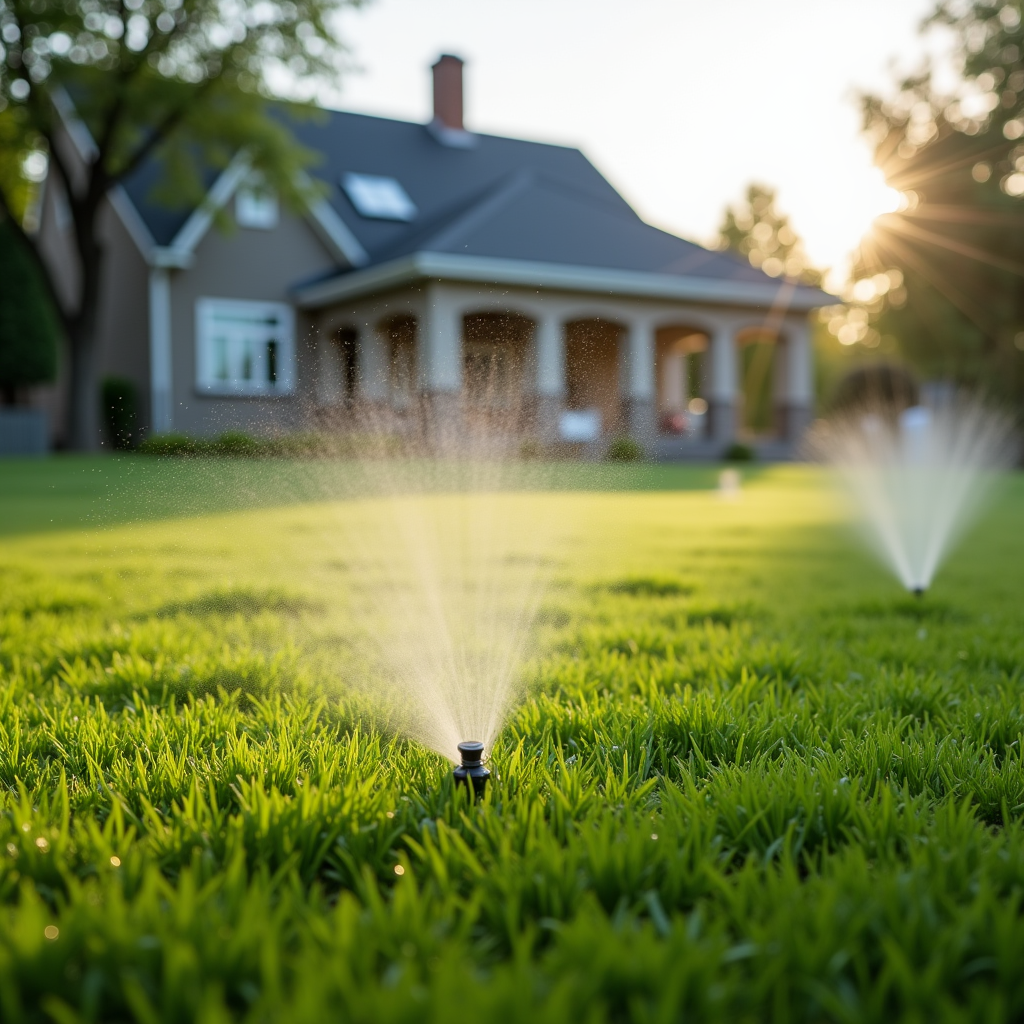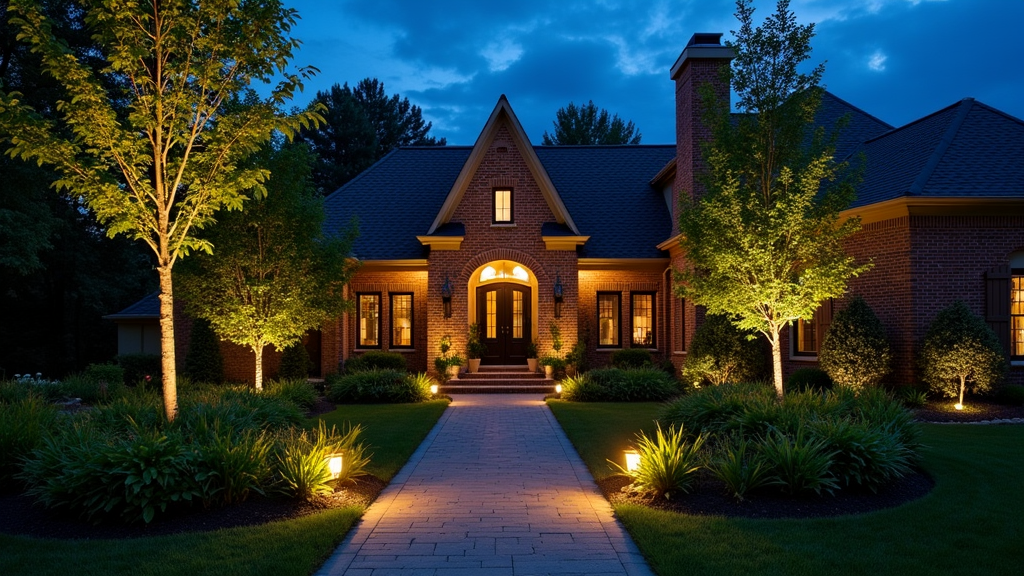Introduction
Have you ever strolled through a garden and felt an instant connection with the plants surrounding you? There's something inherently calming about the beauty of nature, especially when it’s local flora thriving in their natural habitat. As we shift toward more sustainable practices, incorporating native plants into our landscape design is becoming increasingly popular. Not only do these plants support local ecosystems, but they also require less maintenance and water, making them practical choices for any homeowner or designer.
In this comprehensive guide, we'll explore the ins and outs of how to incorporate native plants into your landscape design. From understanding the benefits to practical tips on selection and maintenance, you'll be well-equipped to create a stunning and sustainable outdoor space.

Understanding Native Plants
What Are Native Plants?
Native plants are species that have evolved in a specific region over thousands of years. They've adapted to the local climate, soil conditions, and wildlife, making them ideally suited for their environments. When we talk about landscape design, using native plants means selecting flora that has naturally occurred in your area without human intervention.

Why Use Native Plants in Landscape Design?
- Ecological Benefits: Native plants support local wildlife, including pollinators like bees and butterflies. Low Maintenance: They usually require less watering and fewer chemicals compared to non-native species. Soil Health: Their root systems help improve soil structure and prevent erosion.
The Historical Context of Using Native Plants
Historically, indigenous communities relied heavily on native flora for food, medicine, and materials. With globalization and urbanization, many of these plant species have been overlooked in modern landscaping. However, there's a growing trend towards https://anotepad.com/notes/hy2bsyy4 reviving these practices.
How to Incorporate Native Plants into Your Landscape Design
Assessing Your Landscape Needs
Before diving headfirst into planting native species, take a moment to assess your landscape needs:
Climate Considerations: Understand your hardiness zone. Sunlight Availability: Observe how much sunlight different areas receive throughout the day. Soil Type: Conduct soil tests to determine pH levels and nutrient availability.Choosing the Right Native Plants
Research Local Flora
Each region boasts its unique set of native plants. You can start by consulting local botanical gardens or extension services for lists tailored to your area.
Factors Influencing Plant Selection
- Water Requirements: Choose drought-resistant varieties if water conservation is a priority. Growth Habit: Consider whether you want ground covers, shrubs, or trees that fit your design vision.
Designing Landscapes with Native Plants
Creating Biodiverse Spaces
Incorporating a variety of native plants can create biodiverse habitats that attract various insects and birds. Here’s how:
Mix flowering plants with grasses. Include both annuals and perennials for seasonal interest. Create layers—tall plants at the back, shorter ones at the front.Planning for Seasonal Changes
A well-thought-out landscape design should look beautiful year-round:
- Spring Blooms: Opt for early bloomers like Trillium or Bluebells. Summer Color: Choose vibrant summer flowers like Coneflowers or Black-eyed Susans. Fall Foliage: Incorporate trees like Sugar Maples that turn stunning shades in autumn.
Practical Tips for Implementing Native Plants
Soil Preparation Techniques
Before planting native species, it's essential to prepare your soil:
Remove invasive weeds. Add organic matter like compost to enrich soil quality.Planting Strategies
When planting:
Space your plants according to their mature size. Water them thoroughly after planting but avoid overwatering.Maintenance of Native Plant Landscapes
Watering Practices
While native plants are drought-tolerant once established, they need regular watering during their first year:
- Water deeply but infrequently to encourage deep root growth.
Dealing with Pests Naturally
Native plants often come equipped with natural defenses against pests. However:
- Keep an eye out for invasive species that might disrupt balance; employ organic pest control methods when necessary.
Pruning Techniques
Regular pruning helps maintain shape and encourages new growth:
Trim back dead or damaged branches. Remove spent flowers to promote further blooming.Sustainability Factors in Landscape Design
The Role of Pollinators
By incorporating native flowering plants into your garden design, you're directly supporting pollinator populations critical for ecosystem health.
Water Conservation Strategies
Utilizing xeriscaping techniques can help conserve water while still providing an aesthetically pleasing landscape full of life.
Reducing Chemical Use
One significant benefit of using native plants is their resistance to pests; thus you may find yourself needing fewer herbicides and pesticides overall—good news for both the environment and your wallet!
Engaging Your Community Through Landscaping
Educational Opportunities
Invite neighbors over for educational workshops on the importance of native plant landscaping—sharing knowledge fosters community engagement!
Collaborative Community Gardens
Consider starting or joining community gardens focused on growing native flora; it could become a hub for environmental awareness!
FAQs About Incorporating Native Plants into Landscape Design
What are some easy-to-grow native plants?- Some beginner-friendly options include Lavender (Lavandula), Black-eyed Susan (Rudbeckia), and Eastern Redbud (Cercis canadensis).
- Look for nurseries certified by organizations such as the North American Native Plant Society or check local directories online.
- While it's best to focus primarily on natives due to ecological compatibility concerns, you can introduce select non-invasive species if desired.
- Some natives may take longer to establish than fast-growing non-natives; however, they typically thrive once settled in.
- Always verify through reputable sources like local extension offices or botanical gardens when purchasing from nurseries.
- Yes! A well-designed landscape featuring low-maintenance natives can enhance curb appeal while offering environmental benefits appreciated by future buyers.
Conclusion
Incorporating native plants into your landscape design not only beautifies your surroundings but also contributes positively towards sustaining our environment—a win-win situation! By utilizing locally adapted flora that requires less care while supporting diverse wildlife populations around us; we're taking important steps toward creating resilient landscapes brimming with life! So why wait? Start planning today—your garden will thank you tomorrow!
By following this comprehensive guide on how to incorporate native plants into your landscape design effectively; you'll transform not just your yard but also contribute meaningfully towards ecological preservation efforts! Happy gardening!